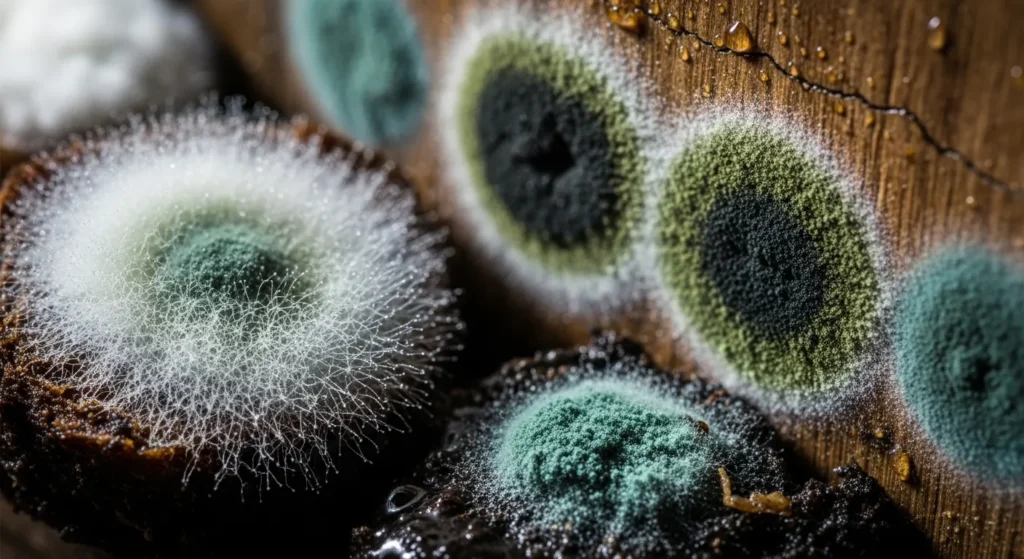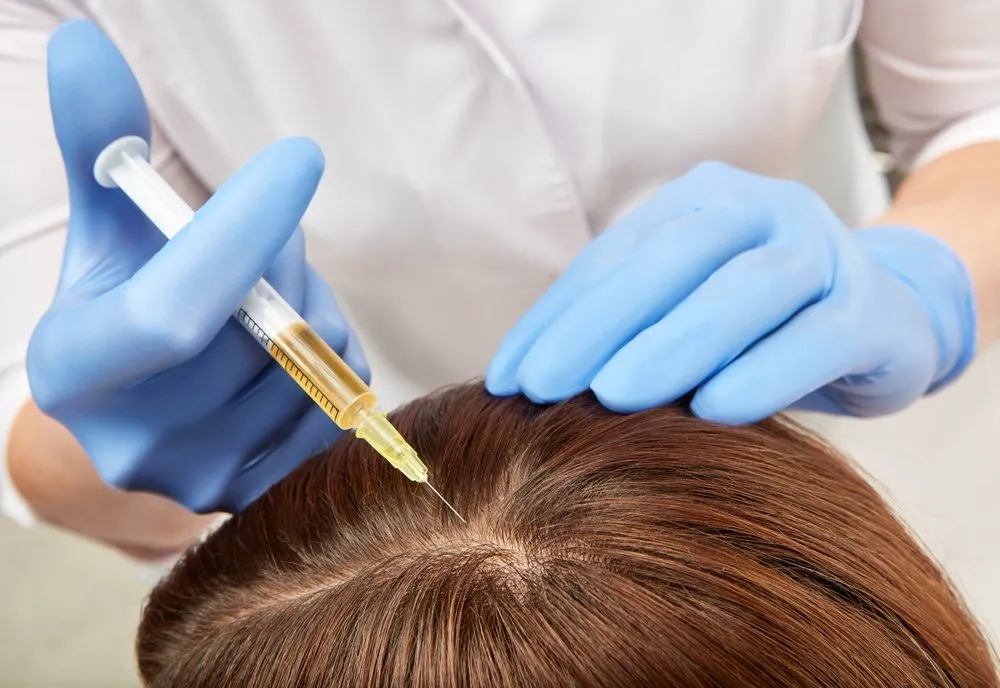Are you experiencing unexplained hair shedding and wondering can mold cause hair loss? Mold exposure may lead to hair thinning by triggering inflammation, hormonal changes, and nutrient imbalances—all of which disrupt healthy hair growth.
In this article, you’ll learn how mold affects your scalp, which symptoms to watch for, and how to reverse the damage. With expert-backed guidance, real recovery tips, and medical insights, this comprehensive guide empowers you to take action confidently and restore your hair.
How Mold Exposure Could Lead to Hair Loss

Mold exposure isn’t just bad for your lungs—it can also quietly damage your hair follicles. Let’s break down how this happens.
Chronic Inflammation
When mold spores enter your body, they can trigger a long-term inflammatory response. This inflammation disrupts blood flow to your scalp, weakens hair follicles, and pushes them into the shedding phase prematurely. Over time, this leads to diffuse thinning or patchy hair loss.
Immune System Disruption & Autoimmune Hair Loss
Exposure to certain molds, especially those that release mycotoxins, may overactivate the immune system. This can result in autoimmune responses like alopecia areata, where the body mistakenly attacks its hair follicles. [Medical Reviewer Note Needed Here]
Hormonal Imbalance
Mold-related stress can elevate cortisol, disrupting other hormones like thyroid, testosterone, and estrogen—all crucial for hair growth. These hormonal shifts can lead to increased hair shedding or delayed regrowth.
Mycotoxins & Nutrient Malabsorption
Mold toxins (mycotoxins) may damage the gut lining and impair nutrient absorption. Essential hair nutrients like zinc, iron, and biotin become deficient, starving the hair follicles of what they need to thrive.
Which Molds Are Most Harmful?
Not all molds are equal. Some are more toxic and more likely to impact your health and hair.
Black Mold (Stachybotrys chartarum)
Black mold is infamous for producing high levels of mycotoxins. Prolonged exposure can result in severe inflammation, allergic reactions, and potentially hair loss due to immune system disruption.
Other Indoor Molds
Common household molds like Aspergillus, Penicillium, and Fusarium also release allergens and toxins. Even moderate exposure in poorly ventilated homes can negatively impact scalp and hair health.
Signs of Mold-Triggered Hair Loss—What to Look For
It can be hard to link mold to hair loss, but the signs become clearer when you observe them together.
Hair Patterns
- Diffuse thinning across the scalp
- Patchy bald spots (if an autoimmune reaction is triggered)
- Hair feels brittle or breaks easily
Scalp & Systemic Symptoms
- Itchy or flaky scalp
- Chronic sinus issues, coughing, or wheezing
- Brain fog or fatigue (common in mold-related illness)
Real Patient Stories
Many individuals on forums like Reddit report sudden hair loss after living in mold-infested environments. Once they moved or treated the issue, hair regrowth began within months.
Professional Testing & Diagnosis
Confirming mold as the cause requires a combination of environmental and medical assessments.
Mold Inspection Strategies
Hire a certified mold inspector (CMI) to assess your home’s air and surfaces. Professional testing ensures you’re not guessing about the presence or severity of mold.
Blood/Urine Markers & Allergy Testing
Doctors may test for:
- Mycotoxins in urine
- Mold-specific IgE or IgG antibodies
- Inflammatory markers (like CRP)
These can help link symptoms to mold exposure.
Dermatologist & Trichologist Assessment
A scalp biopsy or trichoscopy can rule out other causes of hair loss, like androgenetic alopecia or fungal infections. Seeing both environmental and hair specialists gives the most complete picture.
Recovery Roadmap: Timeline & Next Steps
Recovery is possible with the right steps. Here’s how to get started.
Step 1 – Mold Remediation
- Remove the source: professional cleaning, dehumidifiers, and ventilation improvements.
- Stay elsewhere temporarily if needed to reduce exposure.
Step 2 – Medical & Nutritional Support
- Supplements: zinc, biotin, vitamin D, iron (based on labs)
- Detox support: glutathione, NAC, probiotics
- Scalp care: topical minoxidil, anti-inflammatory shampoos, PRP therapy

Recovery Timeline
- 0–3 months: Inflammation and shedding may continue
- 3–6 months: Hair regrowth begins if mold is removed and nutrients are restored
- 6–12 months: Full density may return with consistent care
Preventative Measures & Lifestyle Aids
Once you recover, prevention becomes essential.
Controlling Indoor Humidity & Air Quality
- Use dehumidifiers in damp areas
- Regular HVAC maintenance
- HEPA air filters to trap spores
Diet & Hormone Support
- Anti-inflammatory foods (berries, leafy greens, omega-3s)
- Adaptogens (ashwagandha, rhodiola) to stabilize cortisol
- Hydration and sleep hygiene
Stress, Sleep, and Immune Resilience
- Practice stress-reducing habits: meditation, breathing exercises
- Aim for 7–9 hours of quality sleep
- Moderate exercise improves circulation and detox pathways
FAQs
1. Can mold exposure cause hair loss?
Yes, by triggering inflammation, hormone changes, and nutrient deficiencies, mold can contribute to temporary or patchy hair loss.
2. How long until hair grows back after remediation?
Hair may begin regrowing within 3–6 months after mold exposure ends and treatment begins.
3. Are certain people more at risk?
Yes. Those with asthma, autoimmune disorders, or mold allergies may be more sensitive to exposure.
4. What supplements support hair recovery?
Biotin, zinc, vitamin D, iron, and antioxidants help restore follicle health, but should be taken after testing.
5. When should I see a doctor?
If hair loss is sudden, paired with respiratory issues, or ongoing after mold removal, seek help from a dermatologist or environmental health expert.
Take the Next Step
If you suspect mold is affecting your health or hair, don’t wait. Book a consultation with Dr. Rana Irfan in Islamabad today to get a personalized diagnosis and recovery plan. With expert care and proven treatments, you can restore your hair and safeguard your health.
